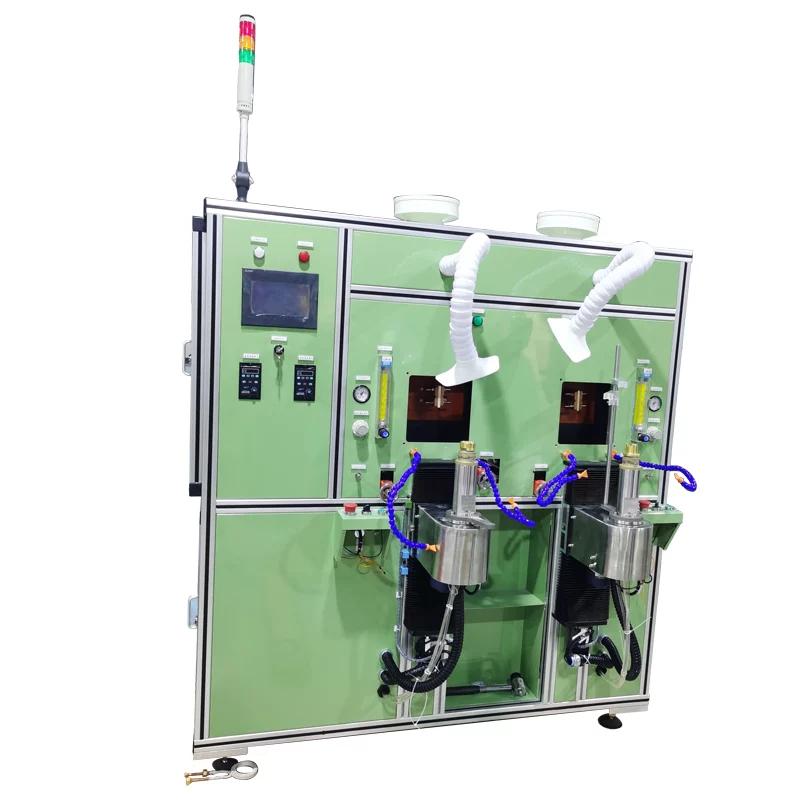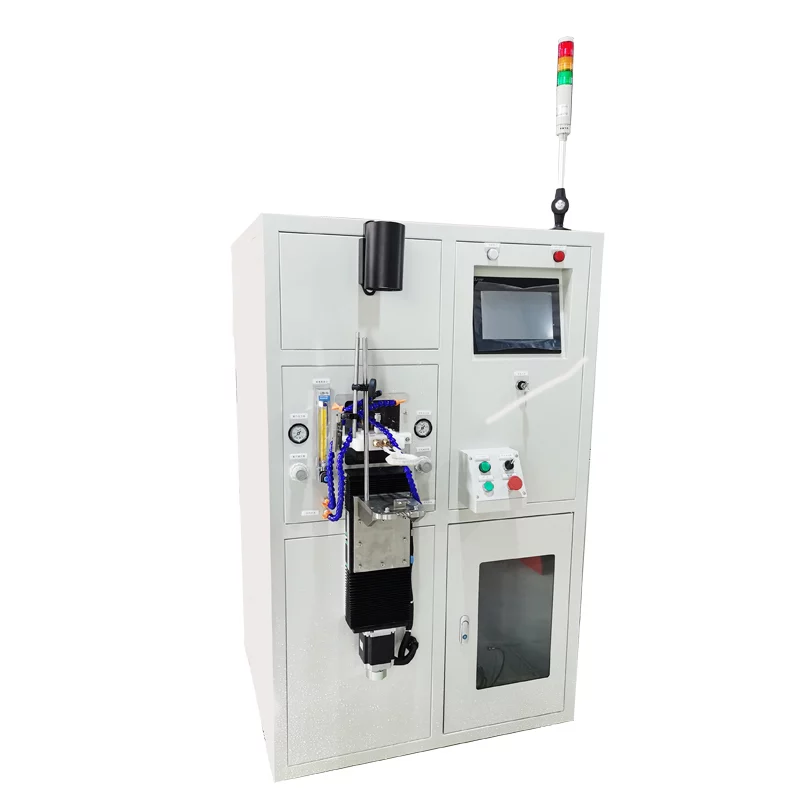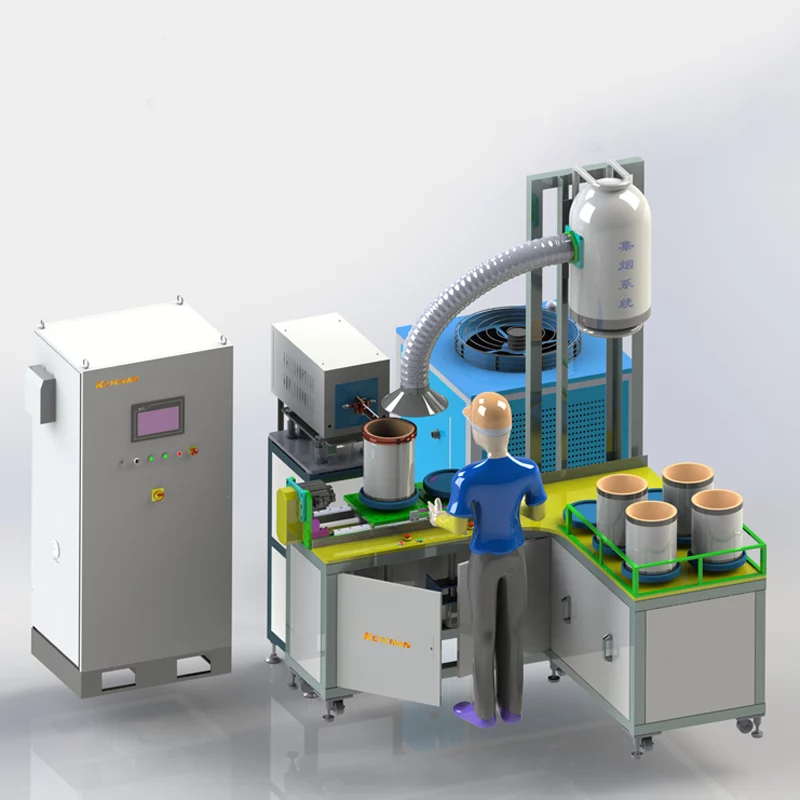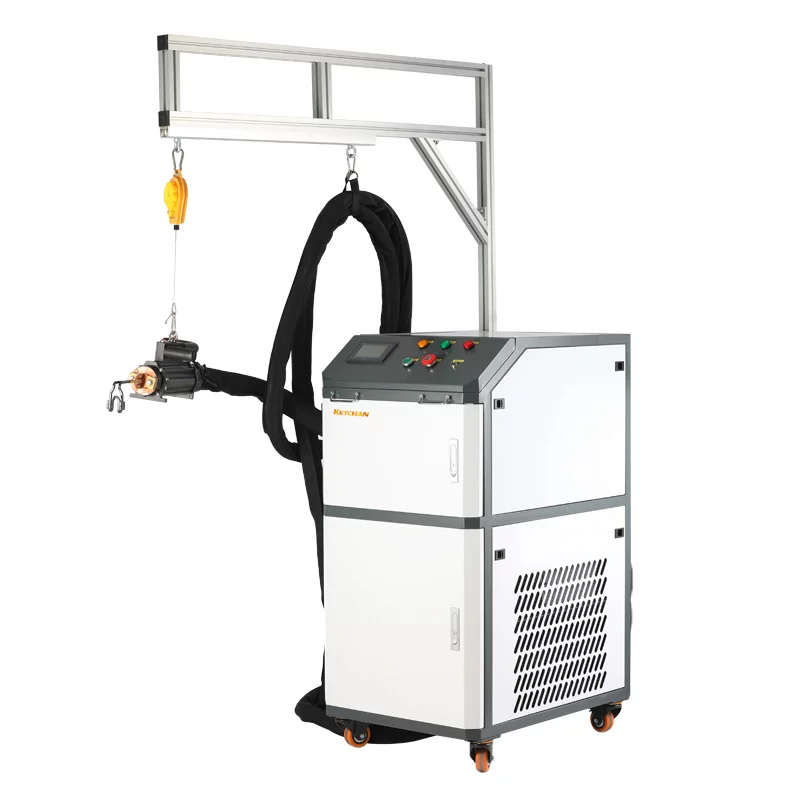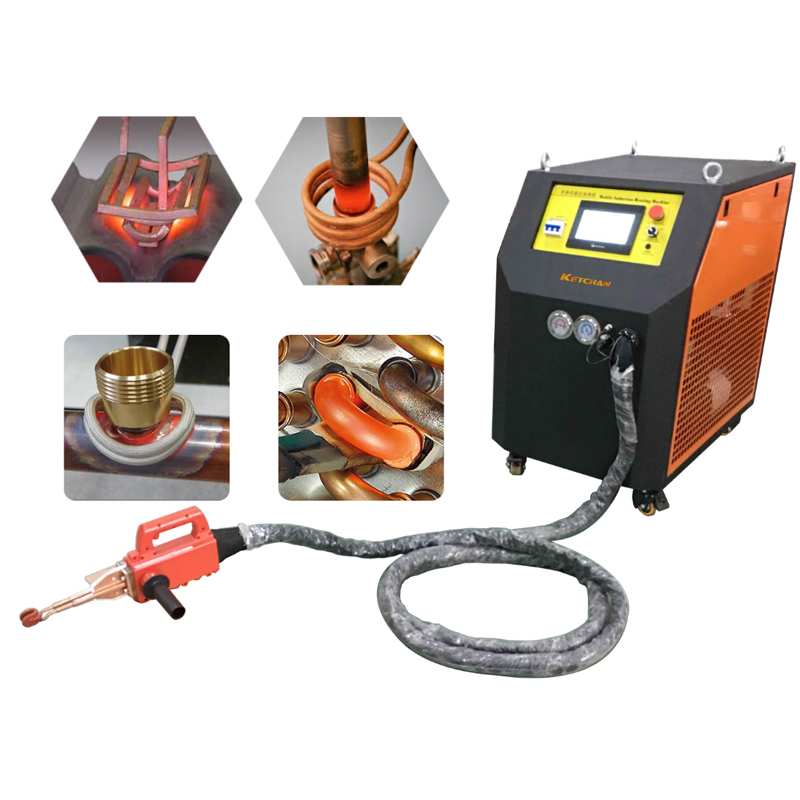In the process of brazing, we can avoid oxidation by using additives, vacuum induction brazing, and gas shielded welding.
Tank vacuum induction brazing
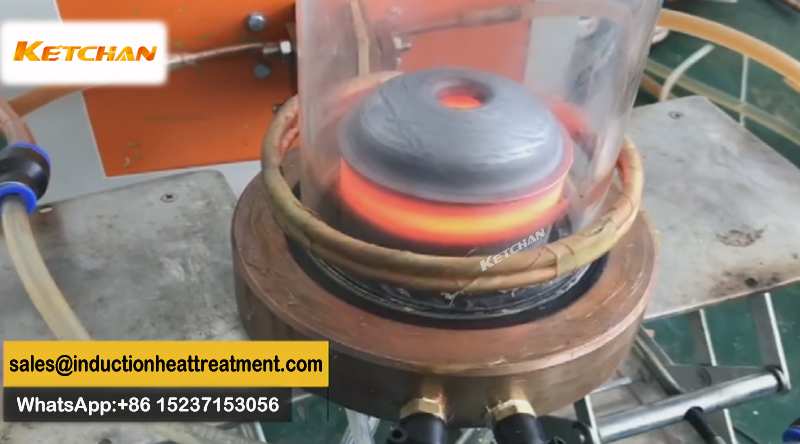
What’s vacuum induction brazing?
Vacuum brazing is a method of brazing in a vacuum environment without using flux. The brazing principle is to melt the brazing filler metal whose liquidus temperature is lower than the solidus temperature of the base metal by heating the parts and the brazing filler metal. Wetting the base metal with liquid brazing filler metal fills the joint gap and dissolves and diffuses with the base metal to connect the parts.
Vacuum induction brazing, as the name suggests, is a process of welding by induction brazing in a vacuum environment. Compared with brazing in vacuum furnace, vacuum induction brazing has the characteristics of low equipment investment cost, low use cost, convenient and flexible production, etc. It is especially suitable for brazing of small and medium-sized parts with multiple specifications.
Application of vacuum induction brazing?
Due to the beautiful appearance, good mechanical properties, and good corrosion resistance of vacuum brazed parts, vacuum induction brazing was widely used in the aerospace field at first, and was gradually used in civilian products with the development of technology. Especially with the high-speed development of the household appliance industry (especially the refrigeration industry, including refrigeration equipment, such as refrigerators, air conditioners and their three-way, four-way valves and other accessories), the automotive industry, and the electronics industry, the application of brazing technology is becoming more and more extensive.
Vacuum induction brazing, as the name suggests, is a process of welding by induction brazing in a vacuum environment. Compared with brazing in vacuum furnace, vacuum induction brazing has the characteristics of low equipment investment cost, low use cost, convenient and flexible production, etc. It is especially suitable for brazing of small and medium-sized parts with multiple specifications.
Vacuum brazing process
The process of vacuum induction brazing is: the preparation of parts before brazing, assembly and positioning of parts, filling of brazing material, vacuuming, vacuum brazing, and heat dissipation after welding.
Advantages of vacuum induction brazing
Compared with fusion welding and other types of brazing, vacuum brazing tools mainly have the following advantages: in the whole brazing process, no flux is used, the parts to be brazed are under vacuum conditions, and there will be no oxidation, carbon increase, Decarburization and pollution deterioration, etc., the shape of the brazing seam is beautiful.
Project experience summary
- The parts to be welded first need to be surface prepared, all surfaces should be clean surfaces without oxide scale and oil after machining, sandblasting, or chemical cleaning.
- The assembly and positioning of the parts, the parts should be able to maintain the correct positional relationship and the brazing gap, or the brazing gap can be closed after the brazing filler metal is melted.
- The brazing filler metal needs to be added and placed in advance during vacuum brazing, and different brazing filler metal forms such as powder, flake, and filament can be used according to different situations.
- The complexity of vacuum induction brazing requires higher accuracy of induction heating power supply. If the heating accuracy is not enough, the brazing process is not perfect, which will lead to low welding quality of products.
- A series of problems such as the tightness of the vacuum device, the degree of vacuuming, how to cool down, and when the parts can be taken out will lead to welding failure.
For more information you need, please contact us for more.
Relate Induction Brazing Products
-
Induction Brazing System
Induction Brazing HVAC Refrigerant Distributor
-
Induction Brazing System
Induction Brazing HVAC Pipes
-
Induction Brazing System
Aluminum Pipe Induction brazing machine
-
Induction Brazing System
Handheld Induction Brazing Machine
-
Portable Induction Heaters
Portable Induction Heating Machine
-
Induction Brazing System
High Frequency Copper Brazing Equipment

